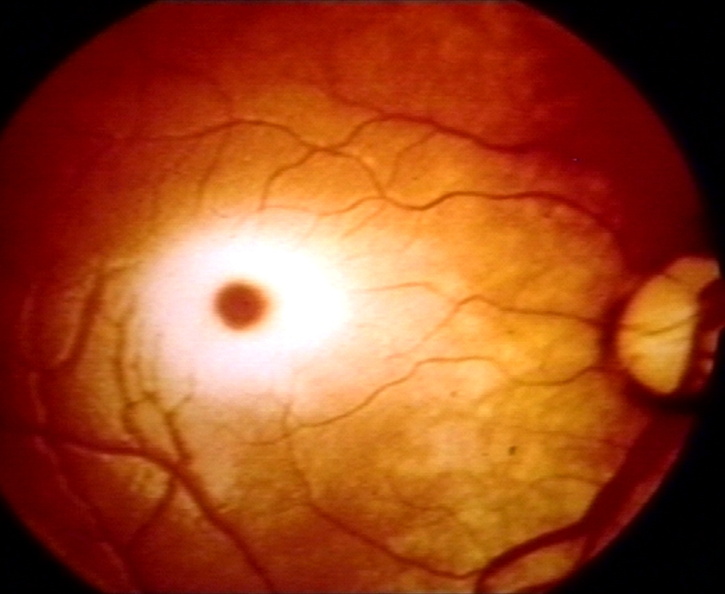Here is a list of websites that can help guide a parent to learn more about the disease and the ways to cope with it:
1 http://www.tay-sachs.org/taysachs_disease.php
- Provides information on what the disease is
- Discusses why a child is born with it
- Gives insight into who is at risk for developing the disease
- Provides the diagnosis process
- Talks about family planning options for those carrying babies with the disease
2. https://my.clevelandclinic.org/childrens-hospital/health-info/diseases-conditions/hic-Tay- Sachs
- Discusses the causes of tay-sachs disease
- The symptoms in the various stages of the disease as it progresses
- Provides the diagnosis process
- Gives information on the fact that it is untreatable

https://www.google.com/search?q=tay+sachs+information&espv=2&biw=1366&bih=667&source=lnms&tbm=isch&sa=X&ved=0ahUKEwjXotzivJvLAhVHymMKHQdLBXsQ_AUIBigB#imgrc=NBZar5WX3n8kUM%3A
3. http://www.ninds.nih.gov/disorders/taysachs/taysachs.htm
- This website provides great information on the research being conducted to find a cure for tay sachs disease. Parents can use this website to learn about clinical trials and be educated on patient recruitment for those trials.
- This site also lists organizations that help fund the research process and their contact information
4. https://www.ntsad.org/index.php/the-diseases/tay-sachs
- Provides information on the various forms of tay-sachs disease and how the symptoms present
- Gives the links to causes of tay sachs, the ongoing research being conducted, and the history of the disease
- It also provides a resource for genetic counseling. This can help guide parents when making decisions about having a child





